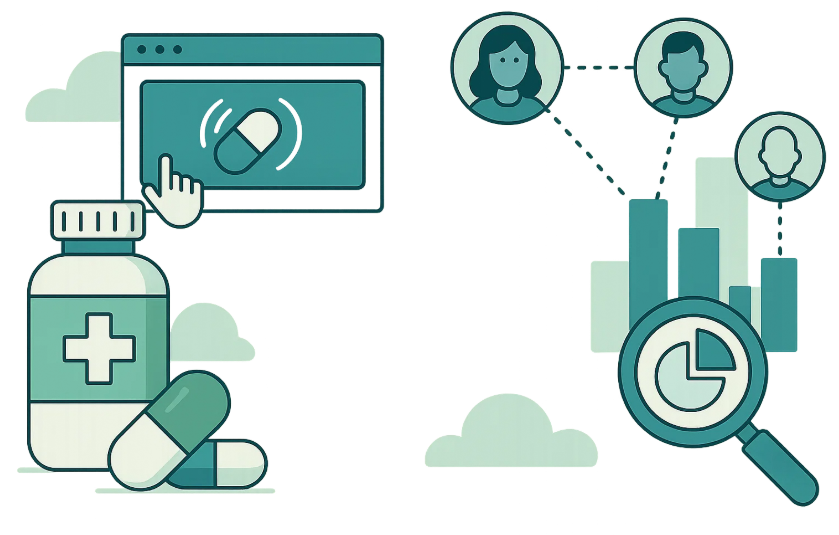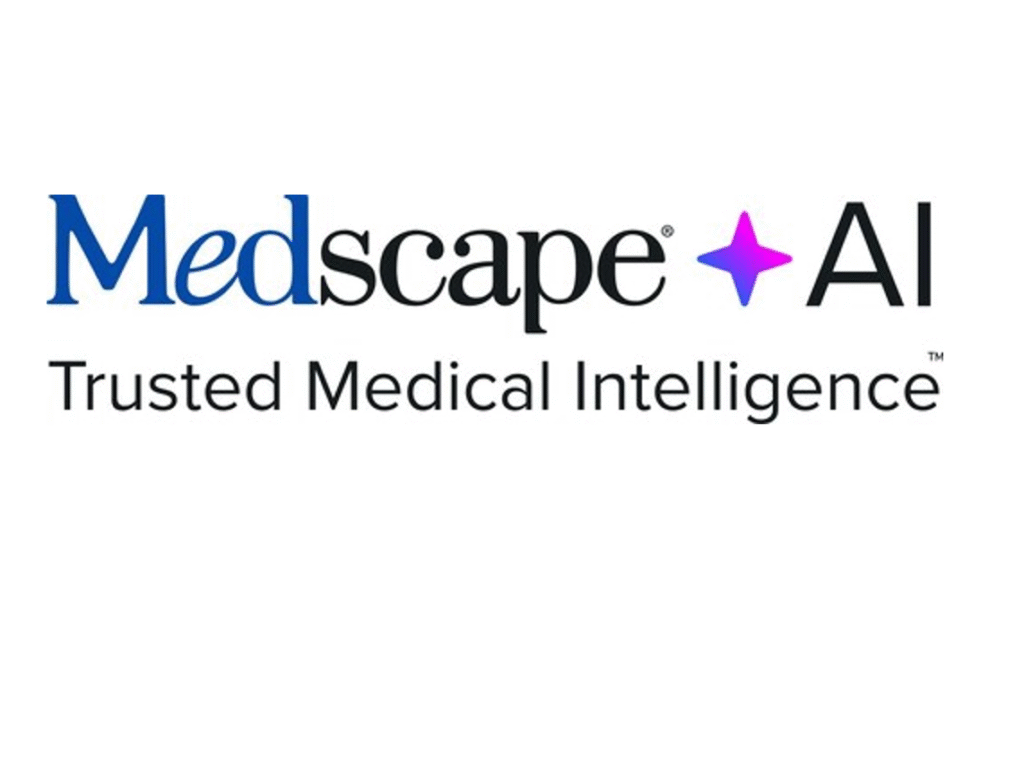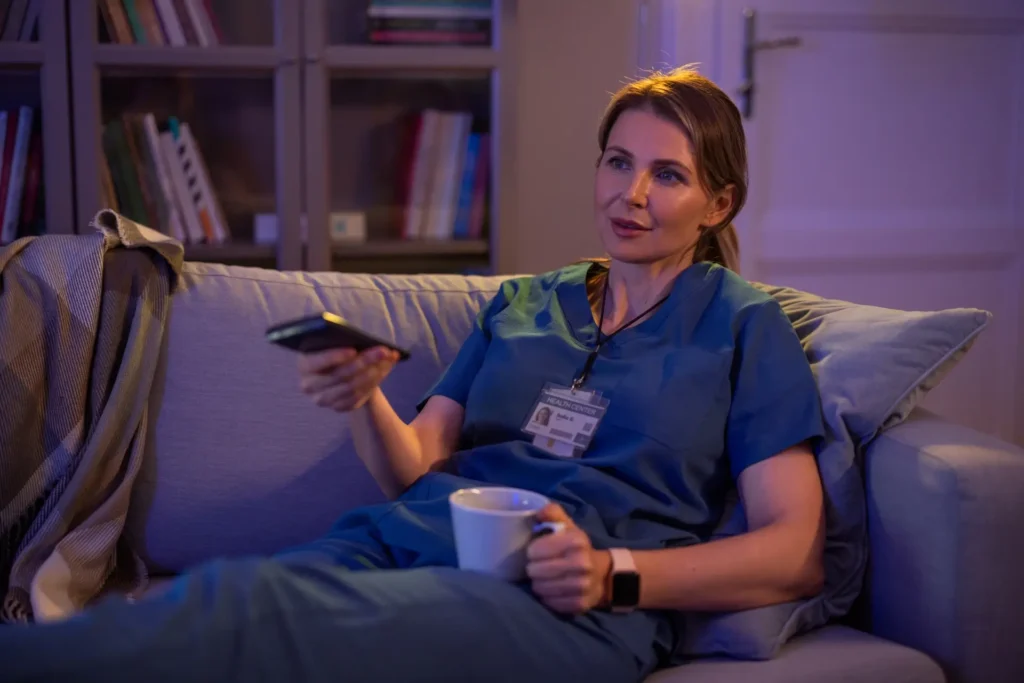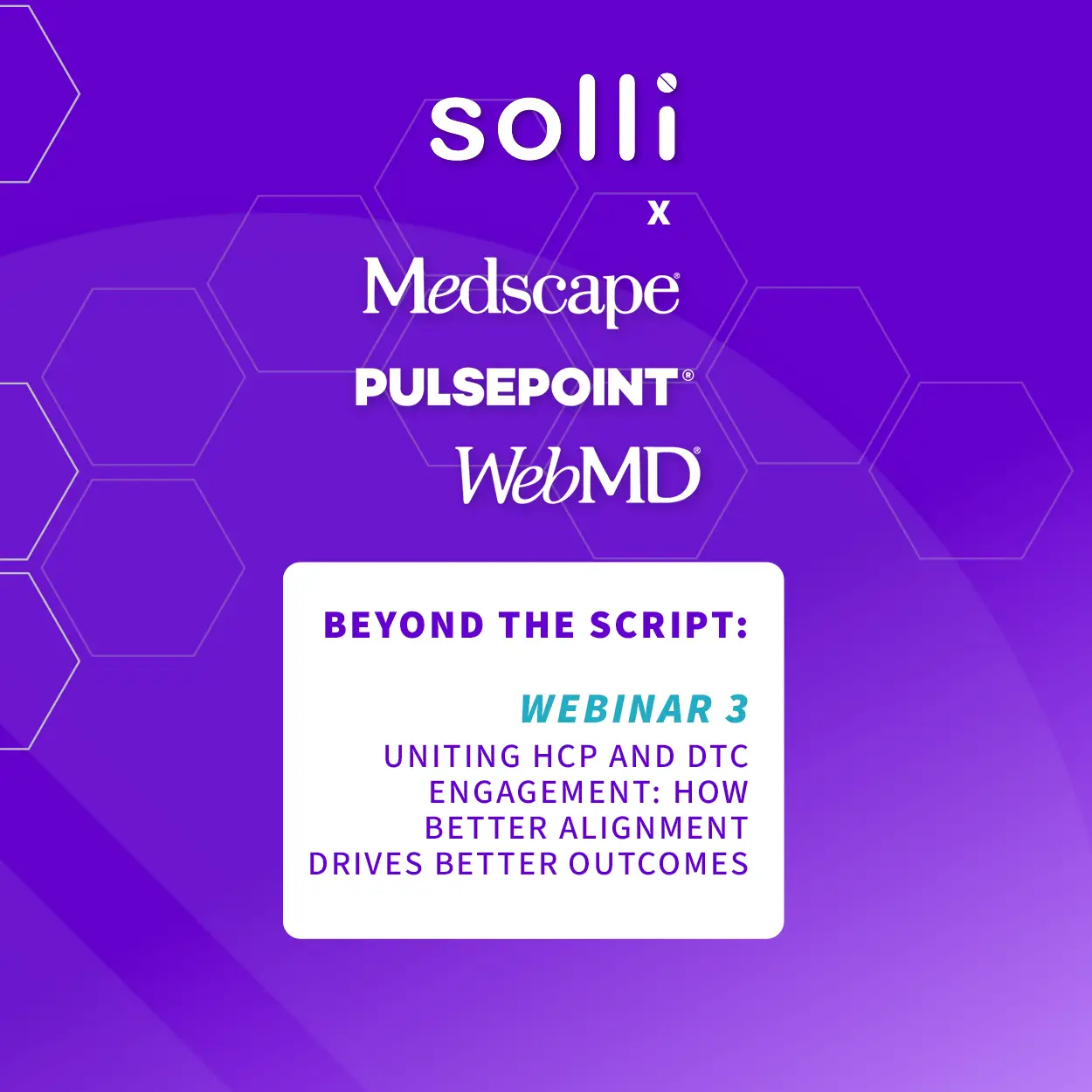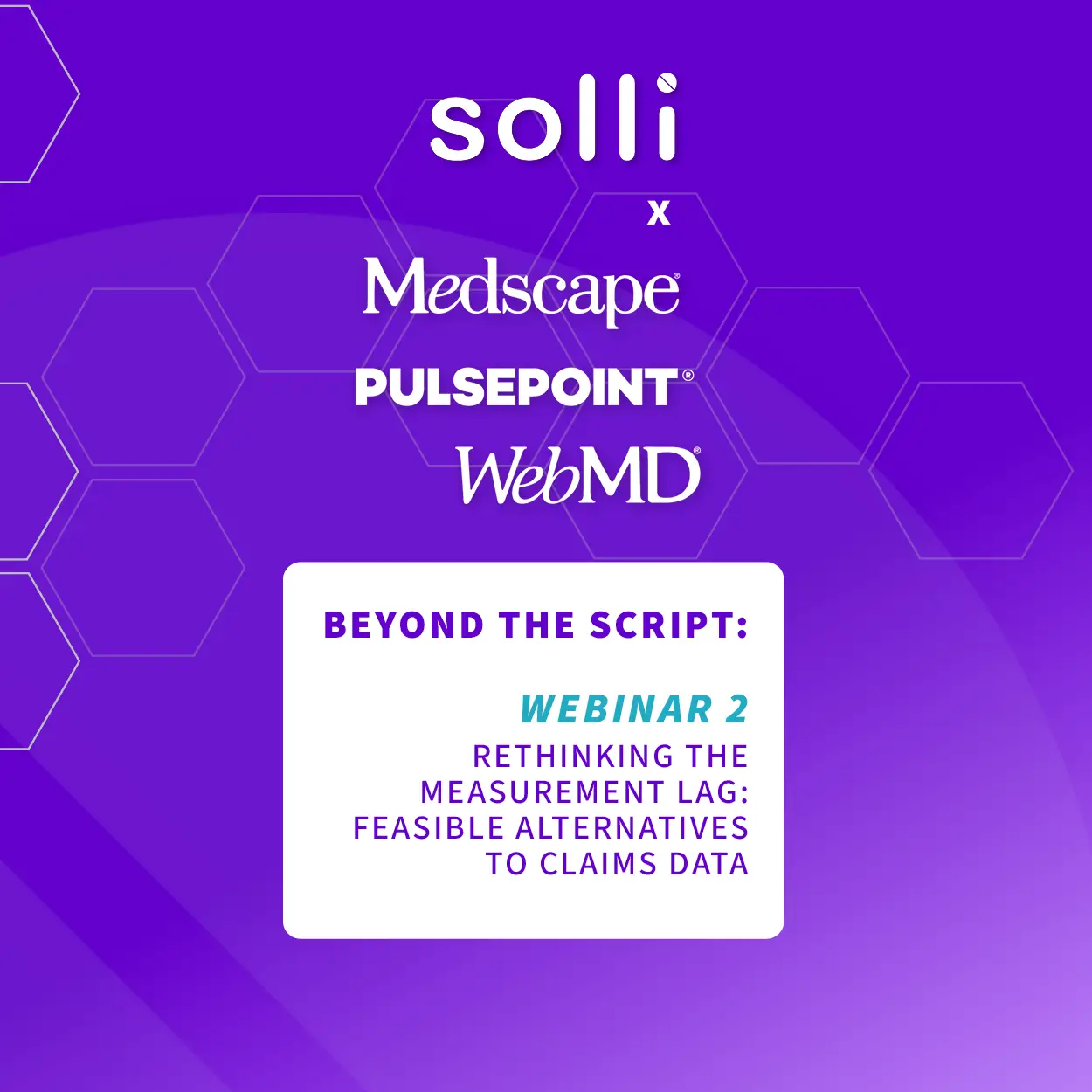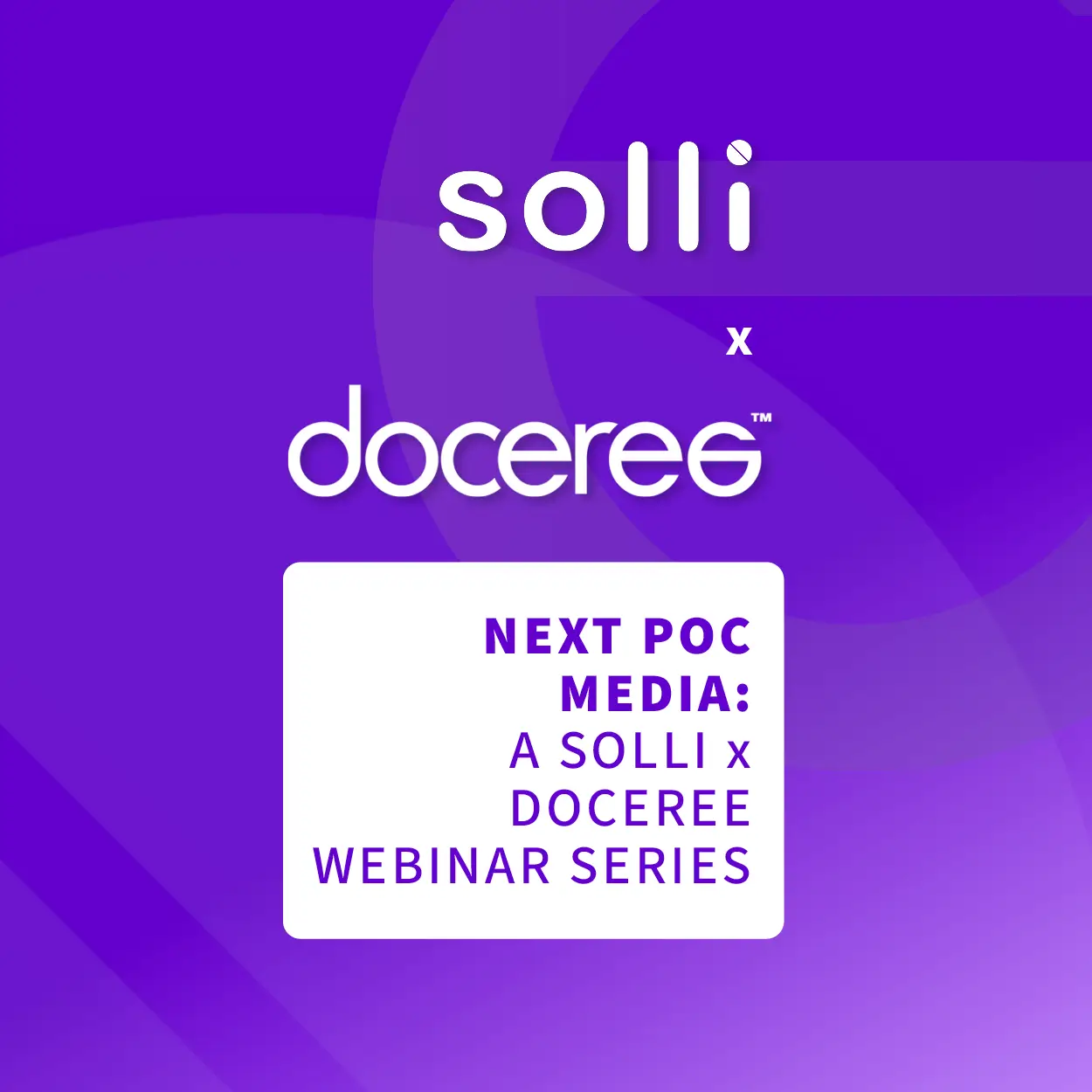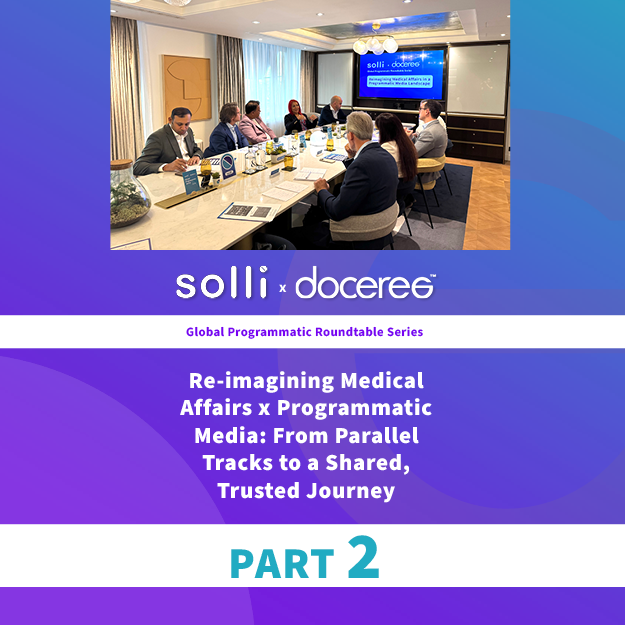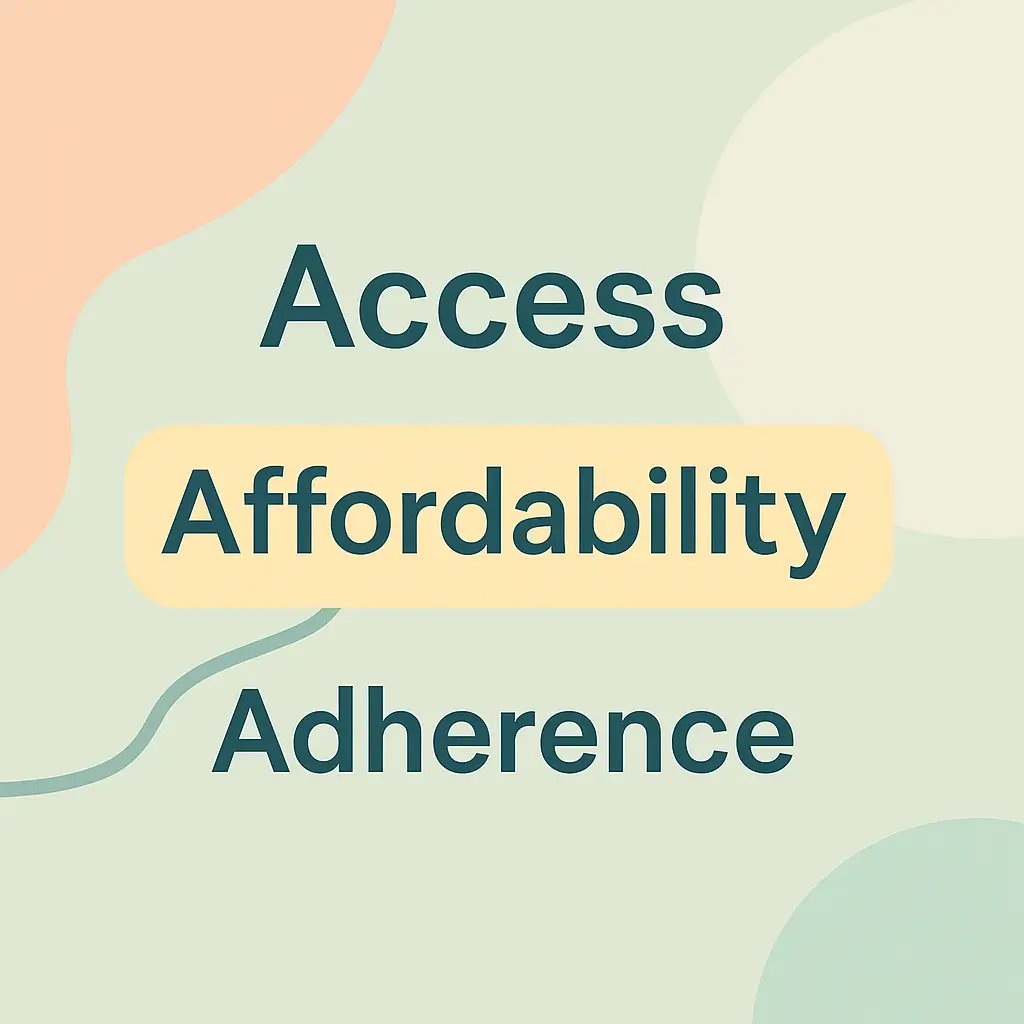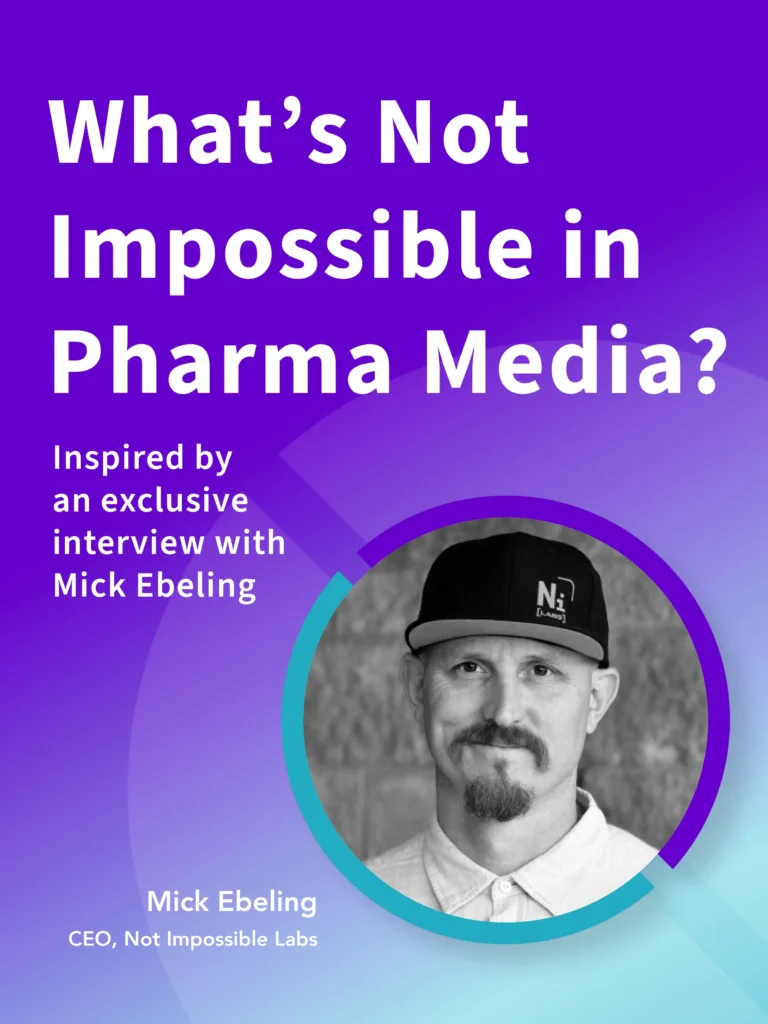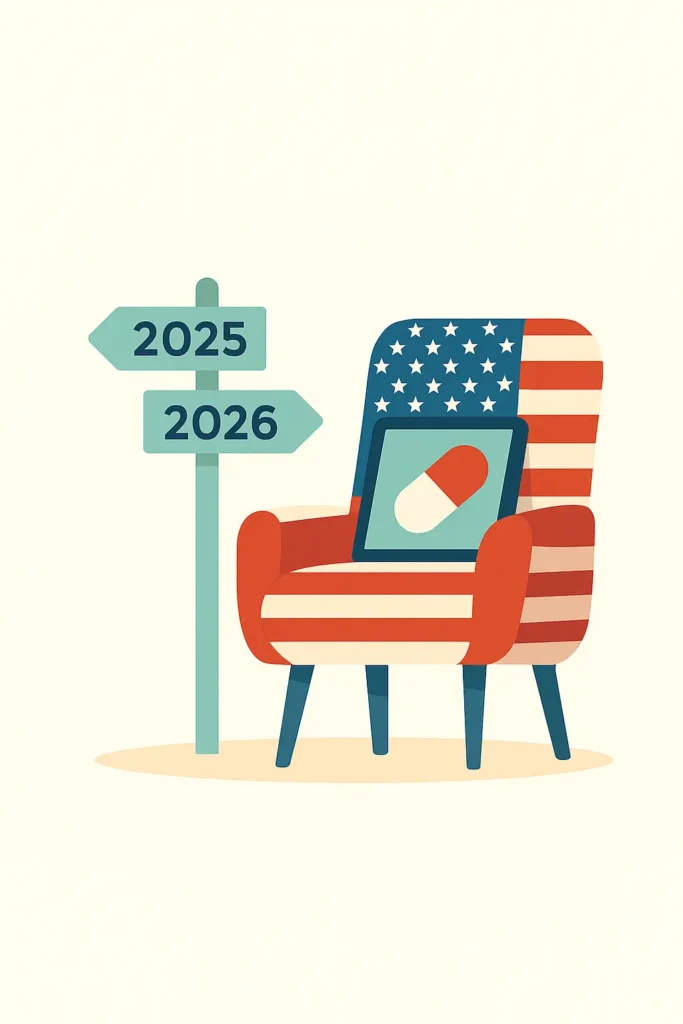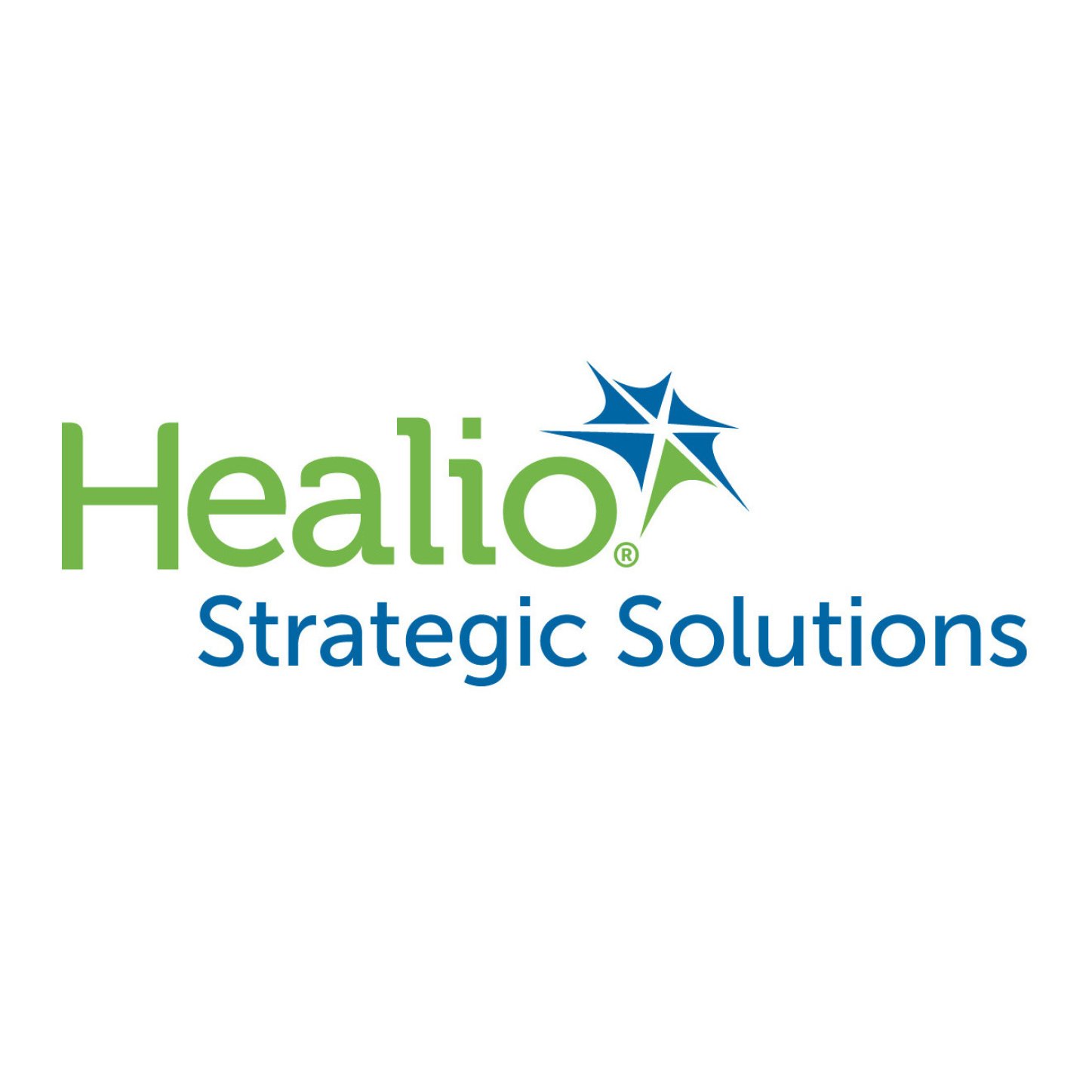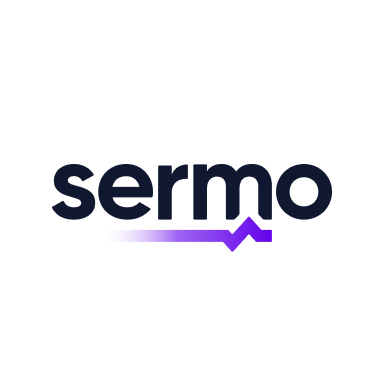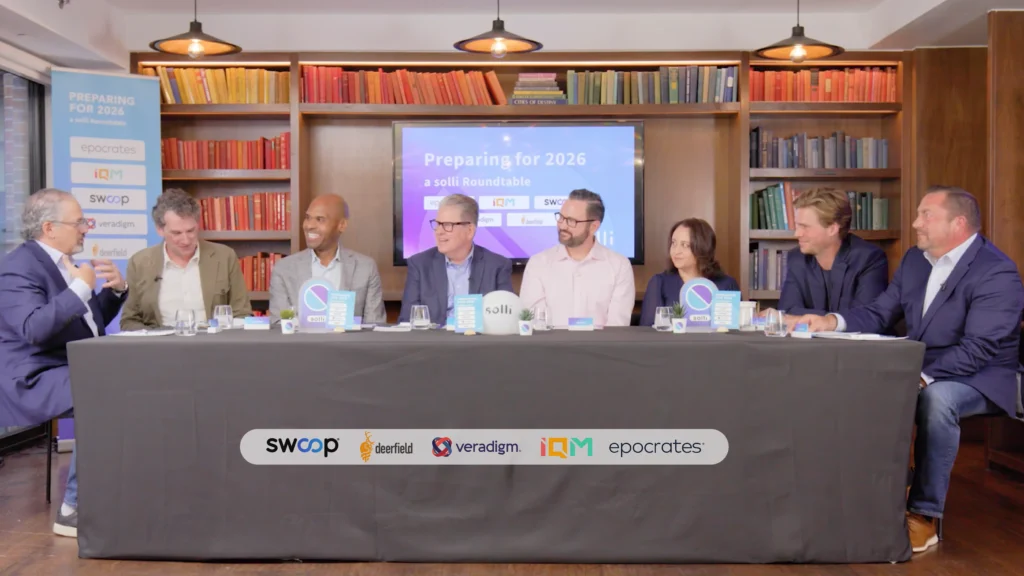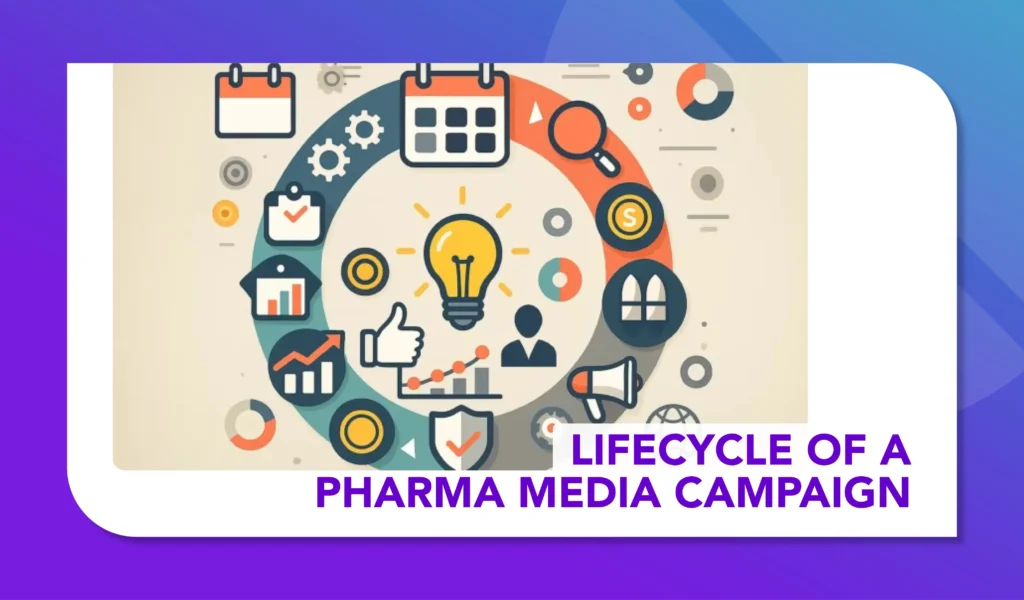Paid media, the new ABPI Code & QR codes – how are you affected?
Navigating the ABPI Code changes: QR codes and paid media
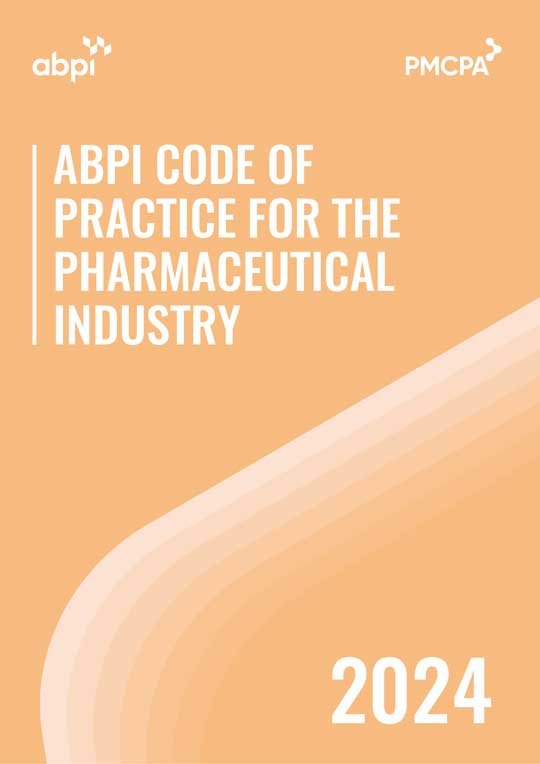
The Association of the British Pharmaceutical Industry (ABPI) Code of Practice is the cornerstone self-regulatory framework governing pharmaceutical activities in the UK. It sets out requirements to ensure that promotional and non-promotional activities and interactions between the pharmaceutical industry and healthcare professionals meet high standards.
Following a consultation period, the new ABPI Code of Practice 2024 was published on 23 September, with a 3-month grace period. This effectively means that any new requirement will be enforceable from 1 January 2025.
This article explores how certain new updates affect paid media and provides advice on their practical implementation.
Which ABPI Code changes relate to paid media?
Paid media, for the purposes of this article, includes product advertisements – print or digital.
The Code has been updated to allow the provision of prescribing information (PI) where it may have been embedded into pharma promotional material, to now be replaced by QR codes linking to this information instead. Although there is no requirement to adopt QR codes – companies may wish to continue to use PI as they currently do – approval of this move expressed by pharma companies and agencies alike, suggests affected materials will adopt QR codes in the future.
One of the biggest changes relates to modernising the Code so that it is fit for the future. So, this is a welcome move which has taken the lobbyists nearly four years to achieve!
General requirements relating to the use of QR codes
Fundamentally, scanning a QR code should allow the reader to directly access the most up-to-date version of the PI which can be updated remotely.
When it comes to websites, according to the new Code, “a QR code, or a link to prescribing information that is hosted on a website, should only be included when the user is reasonably expected to have internet access.”
Irrespective of the type of item (further described below), all QR codes must be provided in a manner that is clear and prominent with instructions given to the reader to scan the QR code to access the PI. On occasion it may be necessary to provide multiple PIs (if multiple medicines are promoted) and so if more than one QR code is displayed, it should be clear to the reader which medicine each relates to.
It should be borne in mind that each QR code should be of sufficient size, clarity, duration and position to allow it to be easily scanned. Whilst some may consider this language to be quite subjective (what is “sufficient” or “easily?”), it will ultimately be the PMCPA who will have to judge that in the event of any complaint.
Specific requirements relating to the use of QR codes
These differ according to the type of promotional material:
Printed promotional material includes items like hard copy journal advertisements. Here, the QR code can be embedded to allow the user to access the PI.
- For stand panels used at events, it is also possible to “make available” the PI (through a paper document on the stand itself).
Digital promotional material is split in the Code into that which is shown to a health professional (Dr, pharmacist, nurse…) or other relevant decision maker (someone with an NHS role who is not a health professional), and that which these individuals access themselves on their own device.
- Digital material that is shown, includes presentations at meetings or representatives showing electronic sales aids. In both these scenarios, the QR code can be embedded or provided as a link (that the presenter can access) or “made available” (paper document).
- Digital material that is accessed by health professionals on their own device, includes advertisements, emails and websites. These can have a link to the PI or embedded PI but can’t have QR codes. This is because the Code now states that “Two separate personal devices should not be required.” There was clearly a concern that health professionals would not know how to access PI if the QR code was viewed on their own device. (It is possible of course).
Next Steps
So, what does the implementation of QR codes look like? My advice is don’t rush too quickly into a process that may turn out to be inefficient. 1 January is not a deadline – rather it’s the start of the “enforcement” period.
Instead, pause and consider each step in turn. Here are just a few questions to consider when designing an efficient approach:
- What does “success” look like for QR code adoption in terms of material layout, quality, compliance, speed (creation or approval)? Is health professional use/adoption a factor?
- What EXTRA support/resource/education will be needed to allow
- creators/reviewers/approvers to fully understand how to create/review/approve materials with QR codes?
- speakers/representatives to fully understand how to use materials with QR codes?
- How will current policies and processes be amended, by whom and by when?
- Can existing materials stay as they are until they are ready for reapproval/ recertification?
- Is a pilot better than a full roll-out? For example, by looking at materials currently in approval (volume, type and complexity), are there any that could easily and quickly adopt QR codes? If you are using print paid media this is a good place to start!
- What’s likely to go wrong and is there a mitigation plan in place?
Overall, the addition of QR codes is a positive step. Wordbird, the healthcare creative & communication agency, called this move a “gamechanger”, adding, “We believe this has the chance to free resource for the amazing creative work our industry is known for that makes a real difference to patients and healthcare professionals.”
Dr Rina Newton is a Code and compliance expert, with 30 years of experience in this area (both in pharma and in agency) having acted as approver, advisor, auditor and trainer. She is currently co-founder at Code Clarity and believes strongly that compliance confidence belongs to the many, not just a few.


